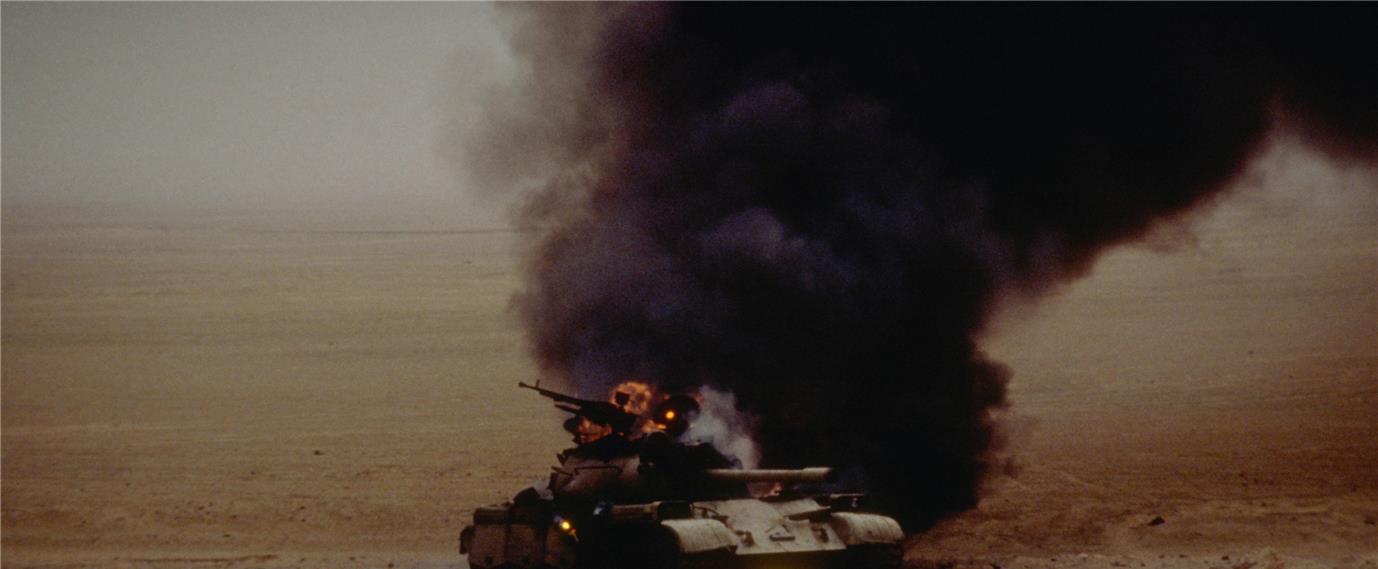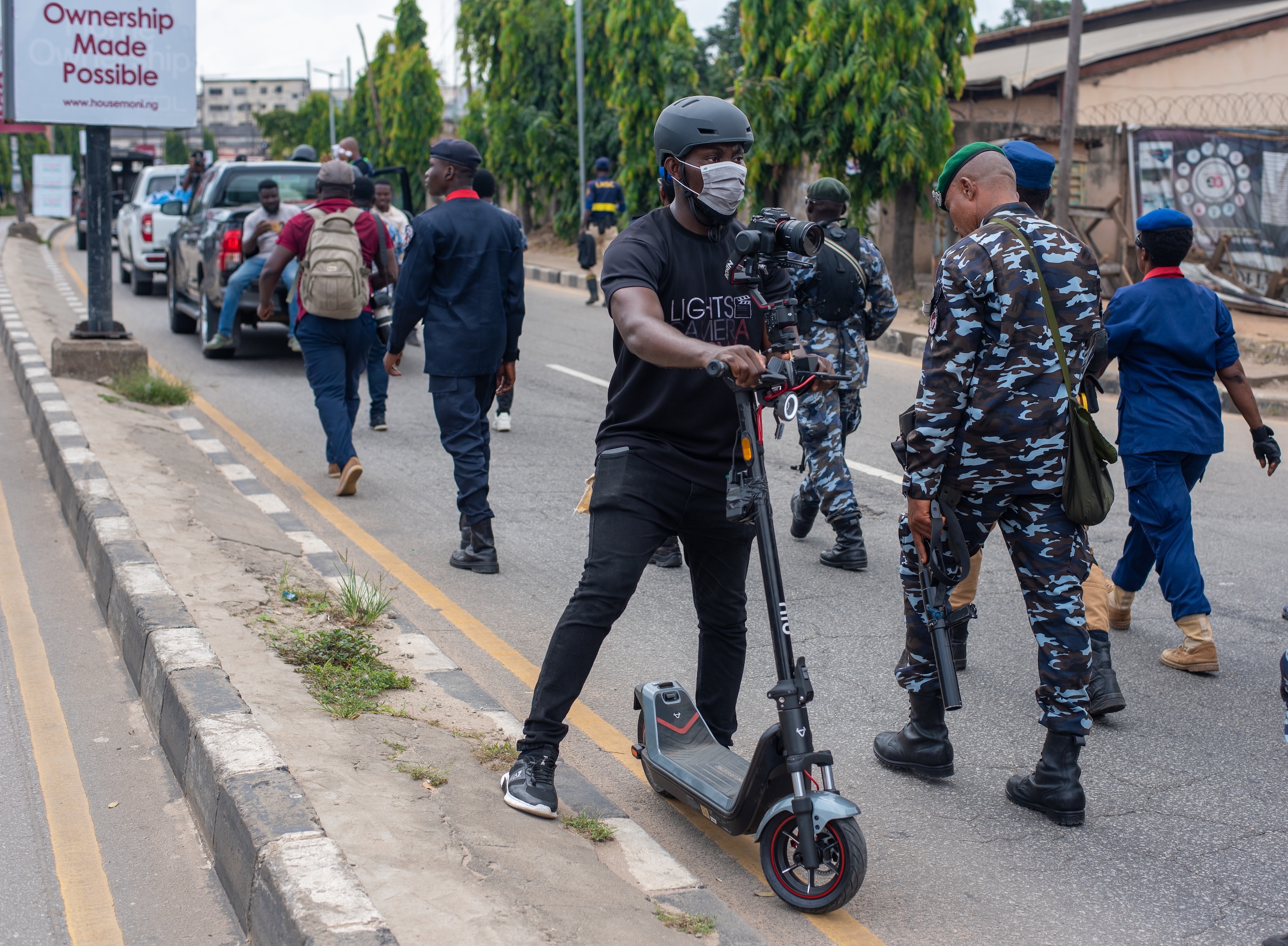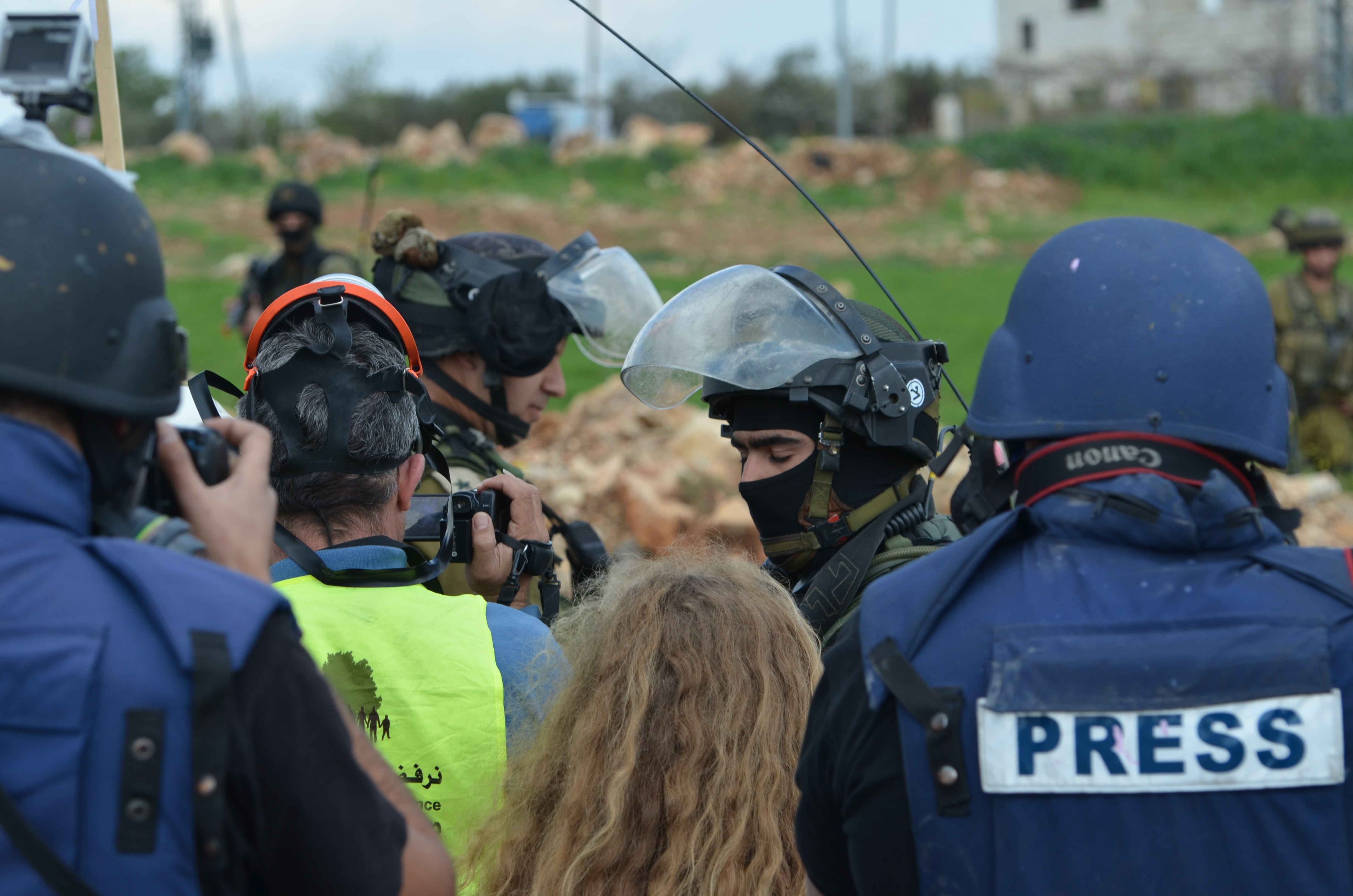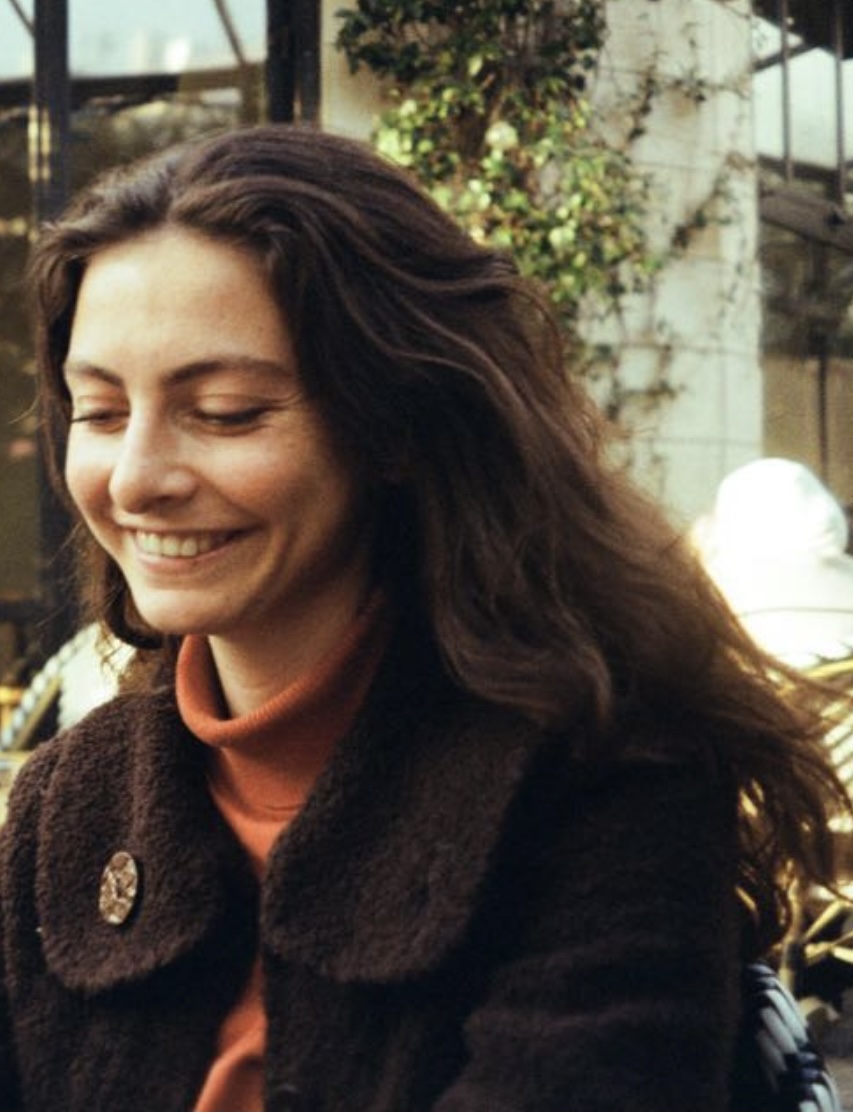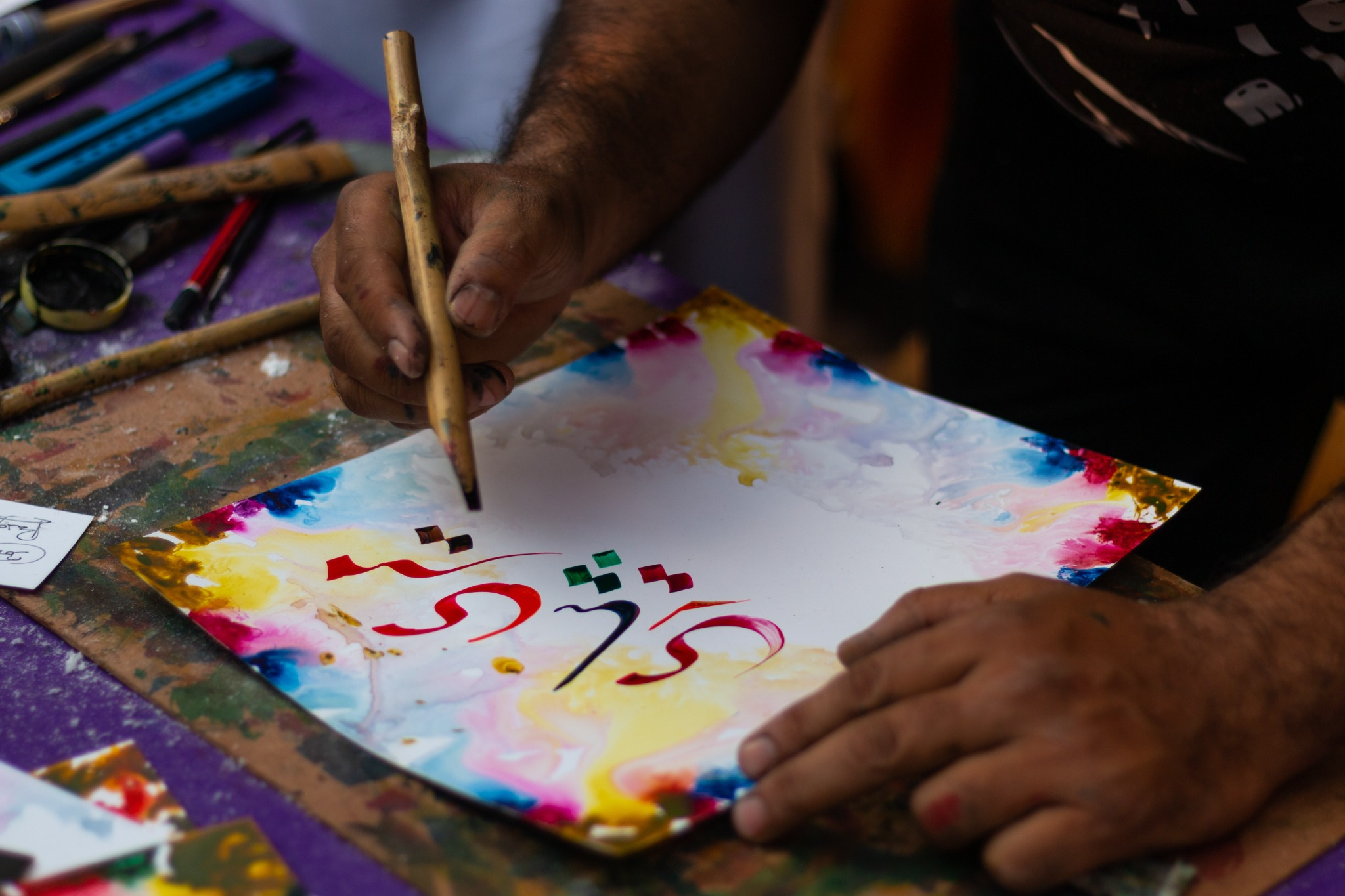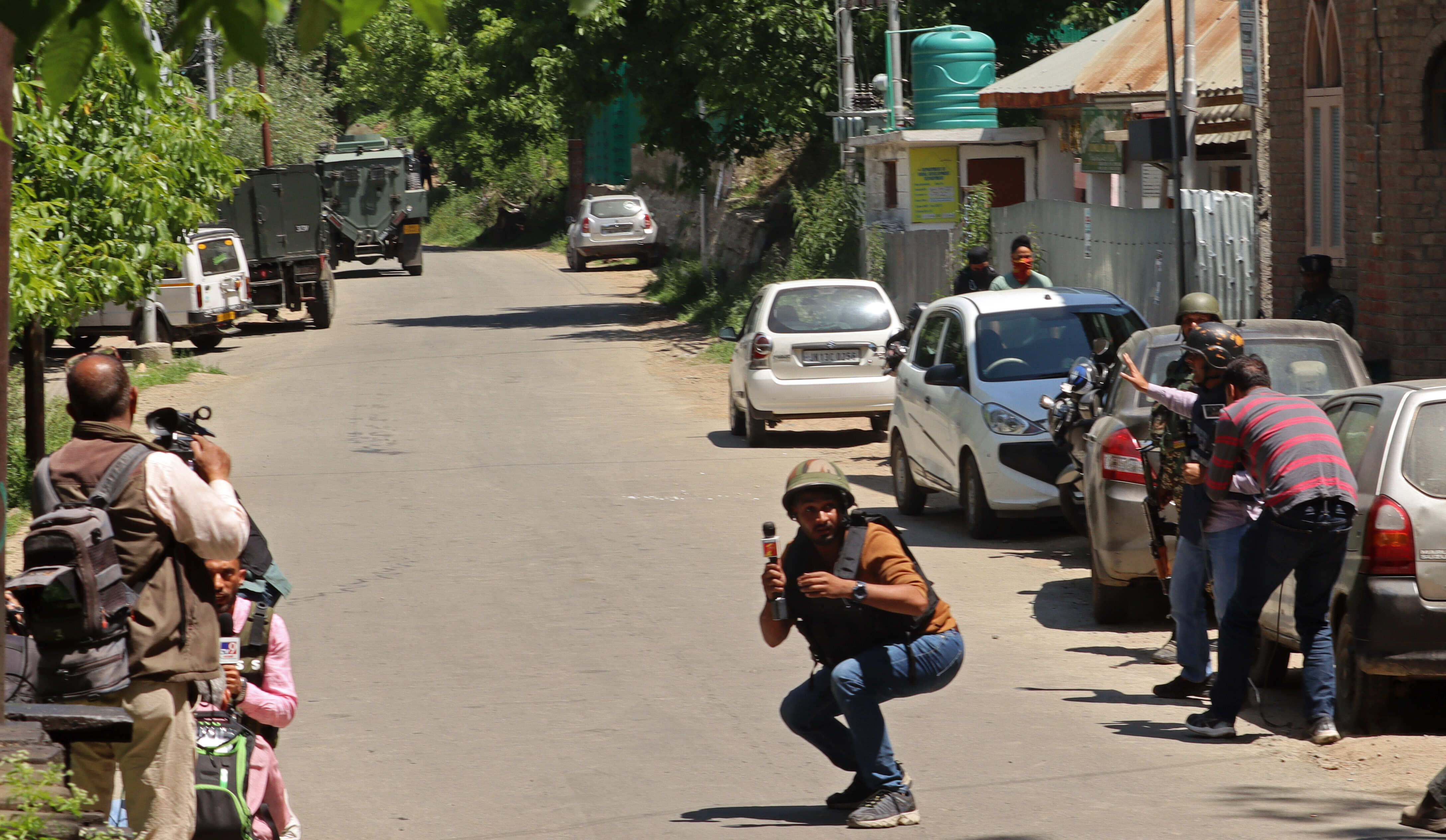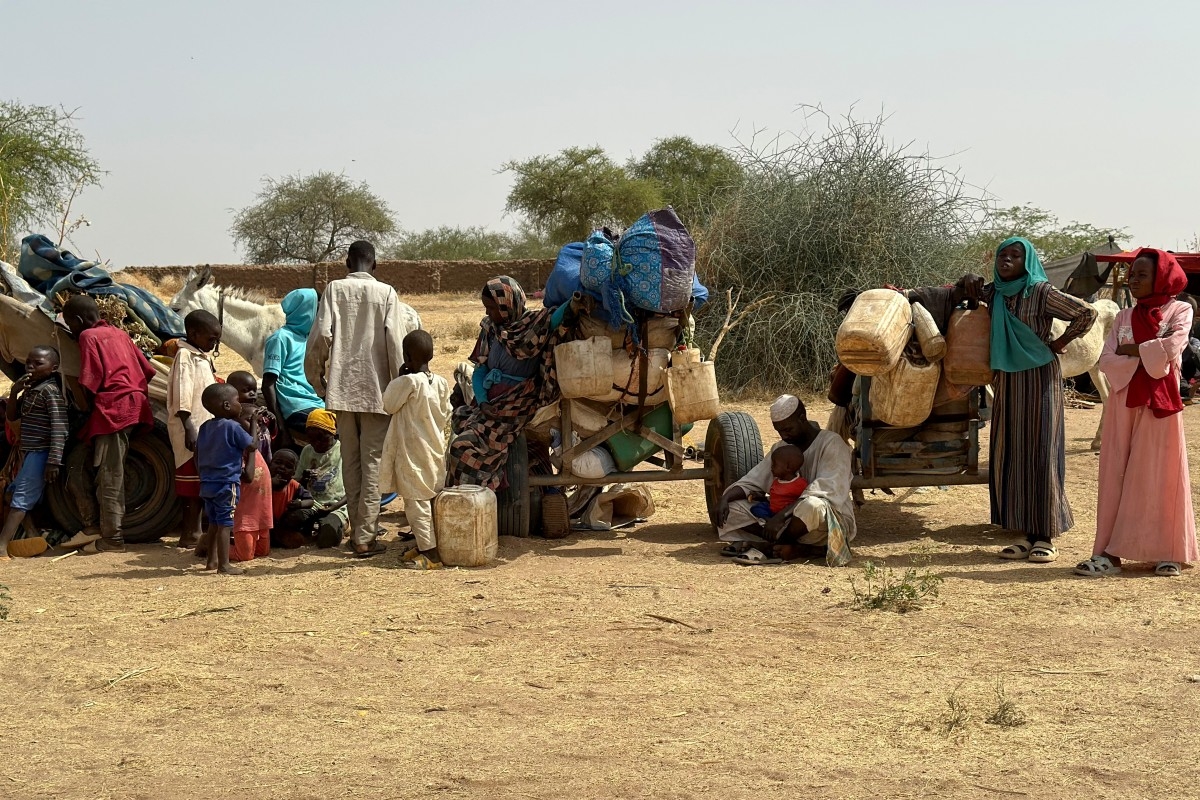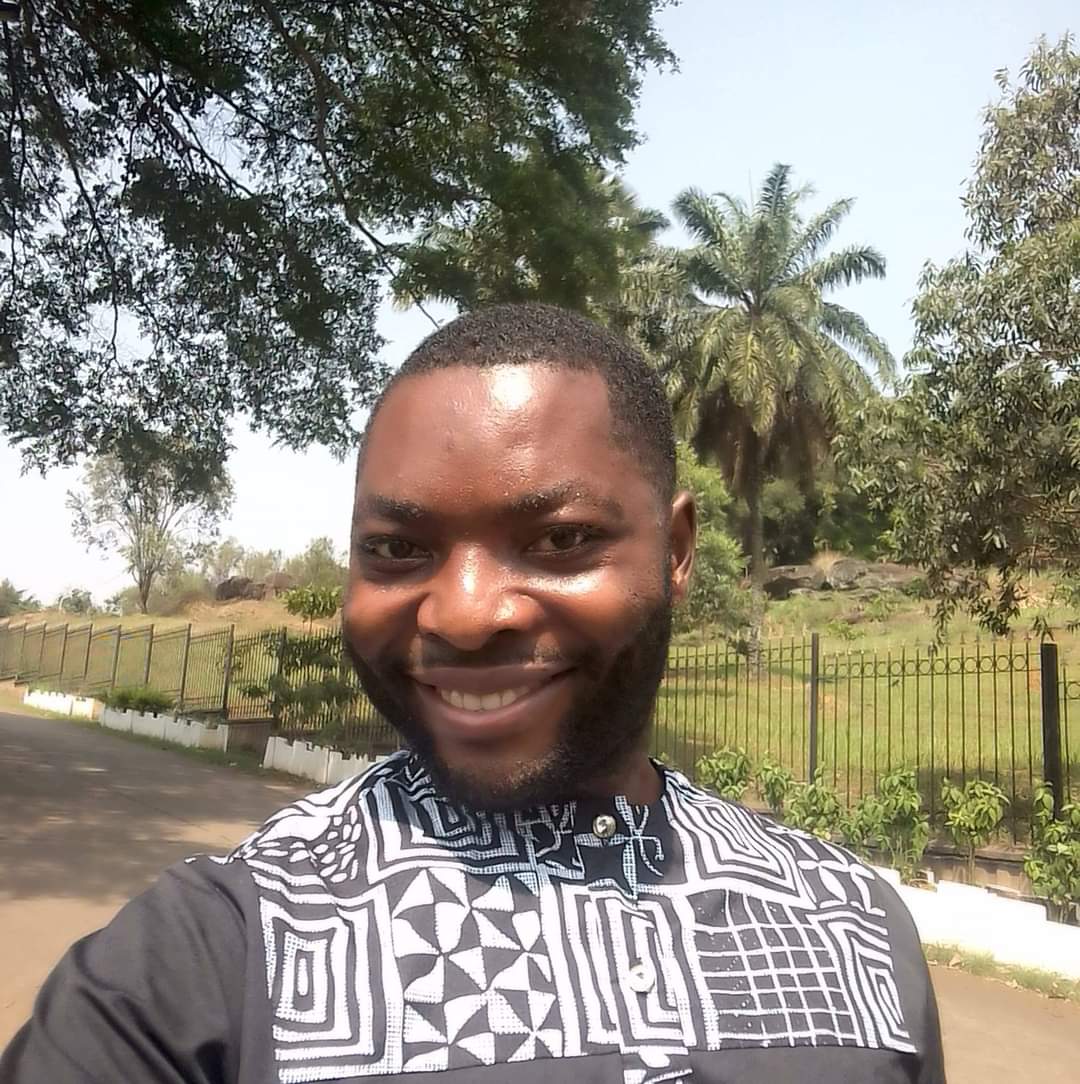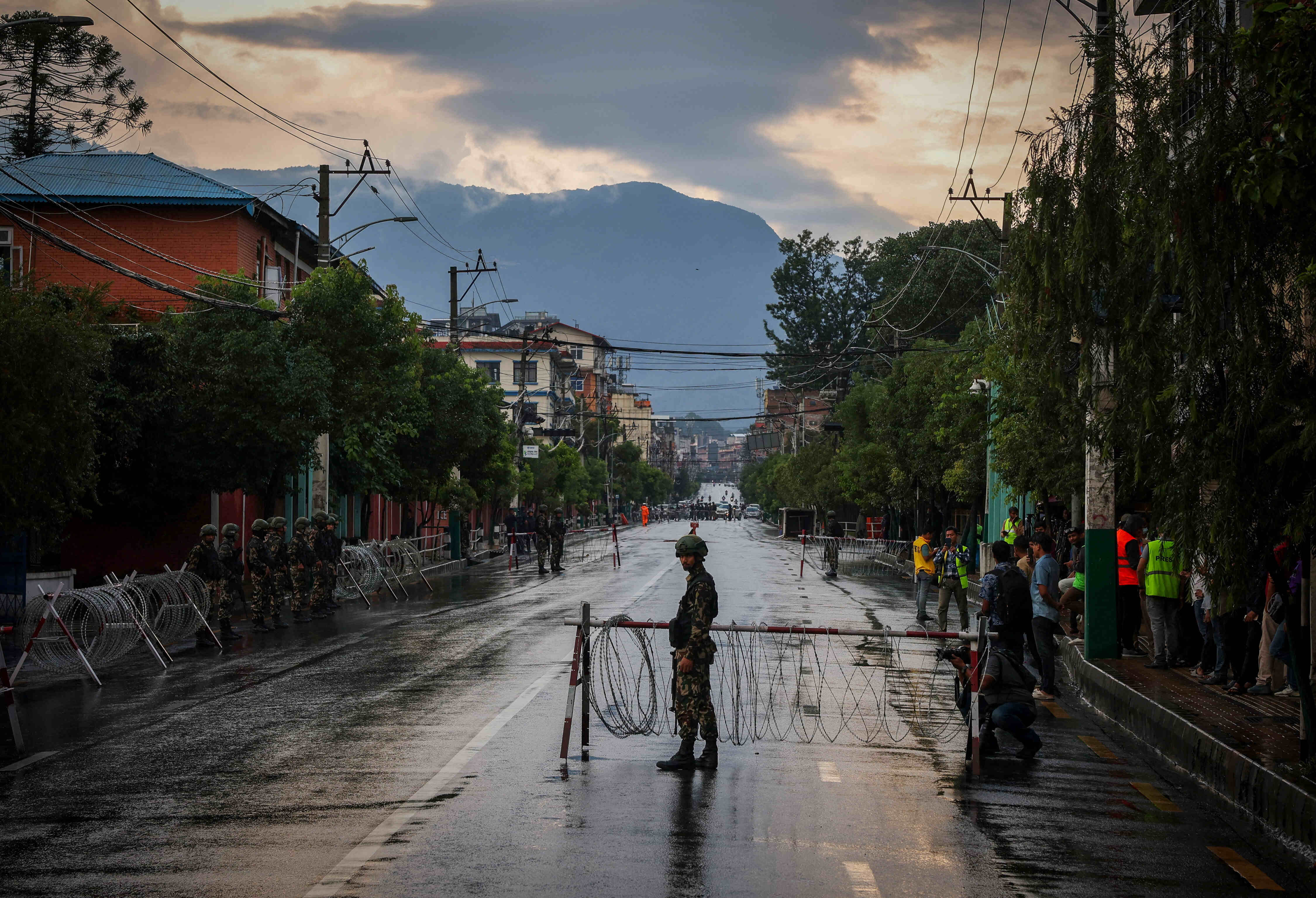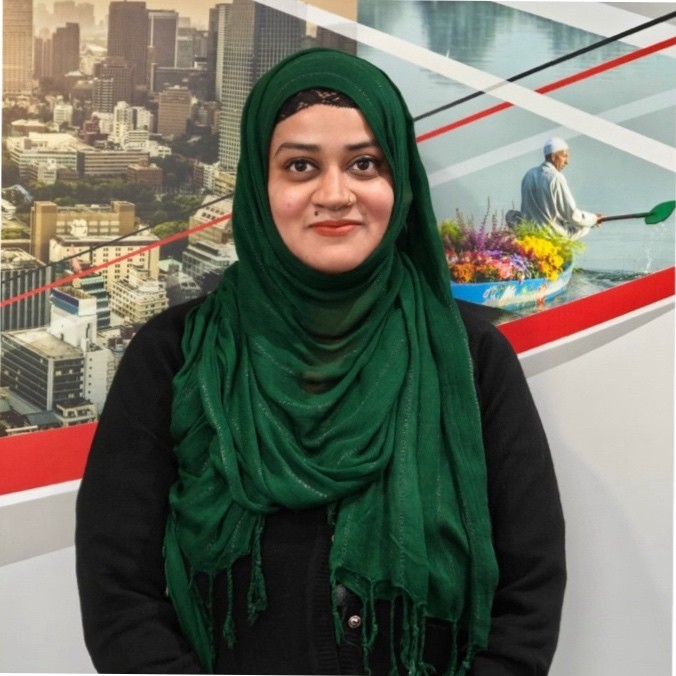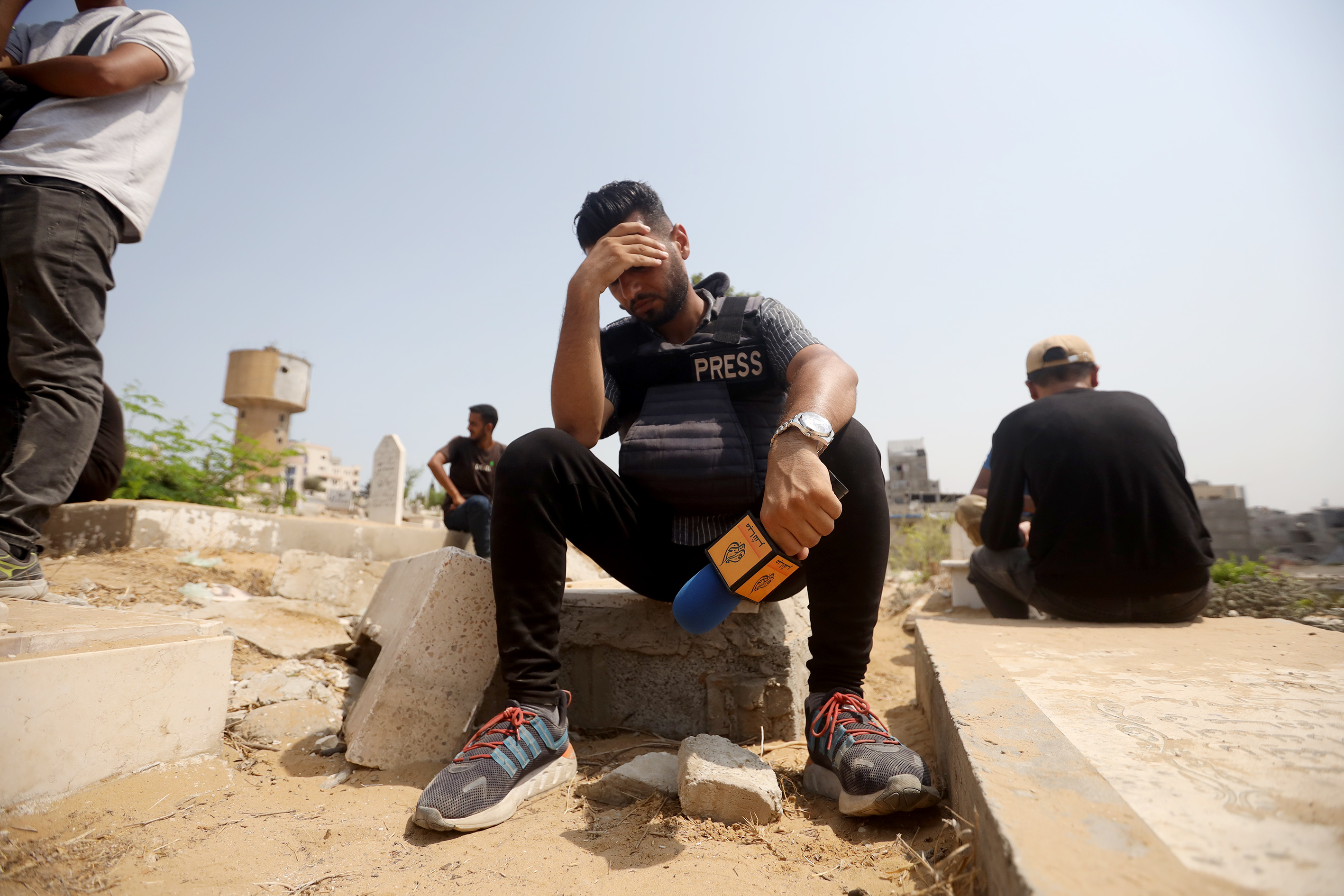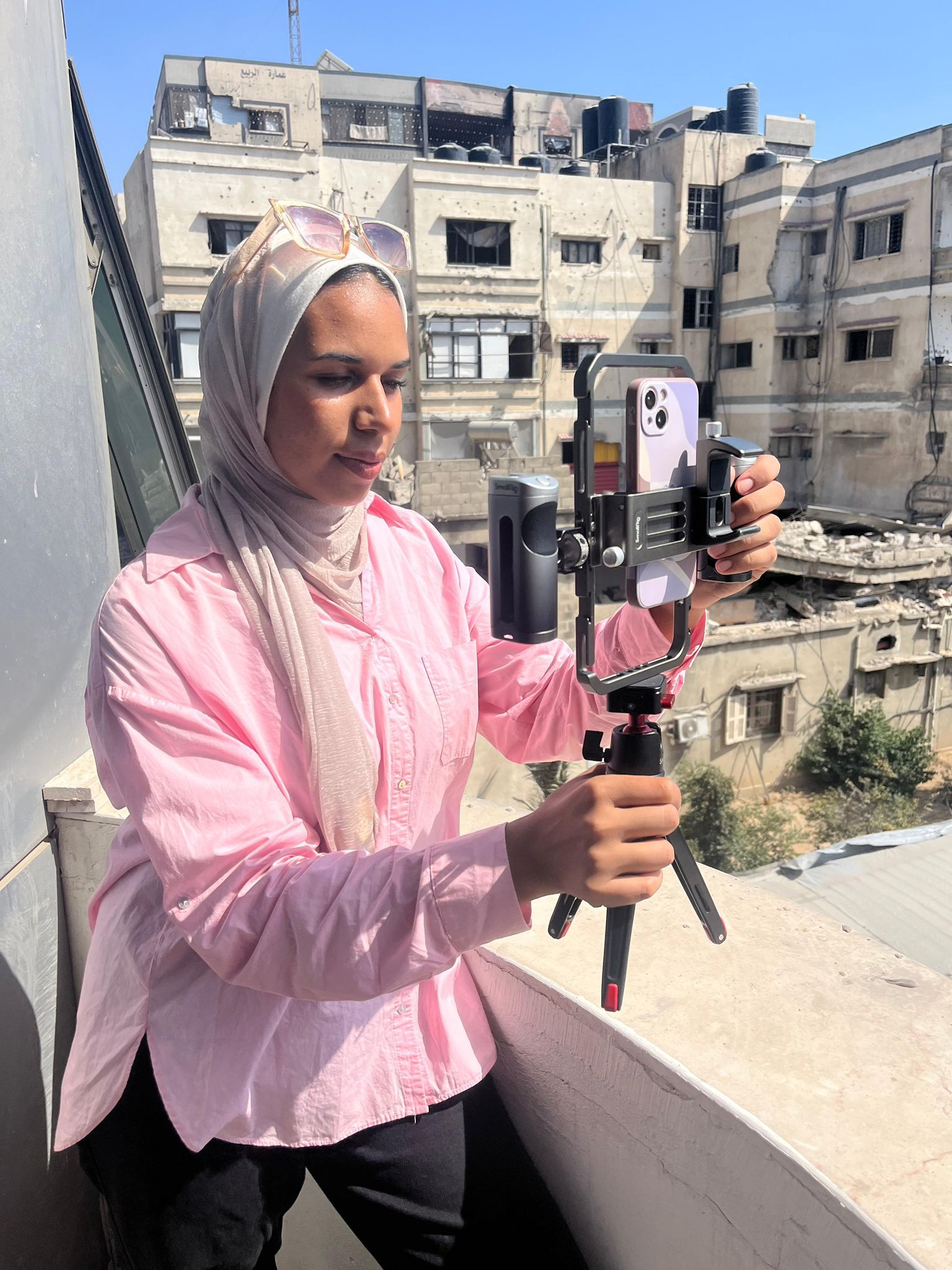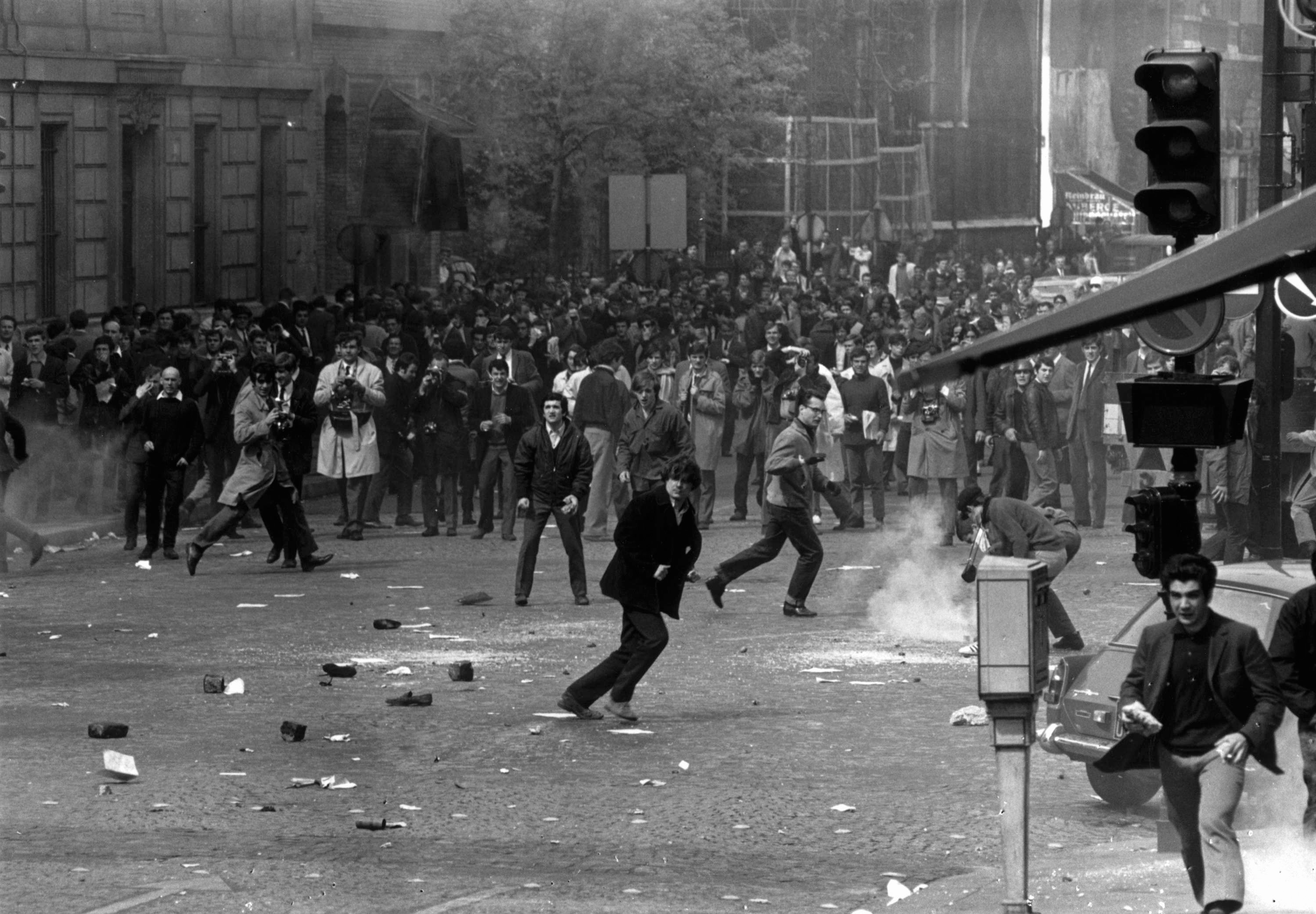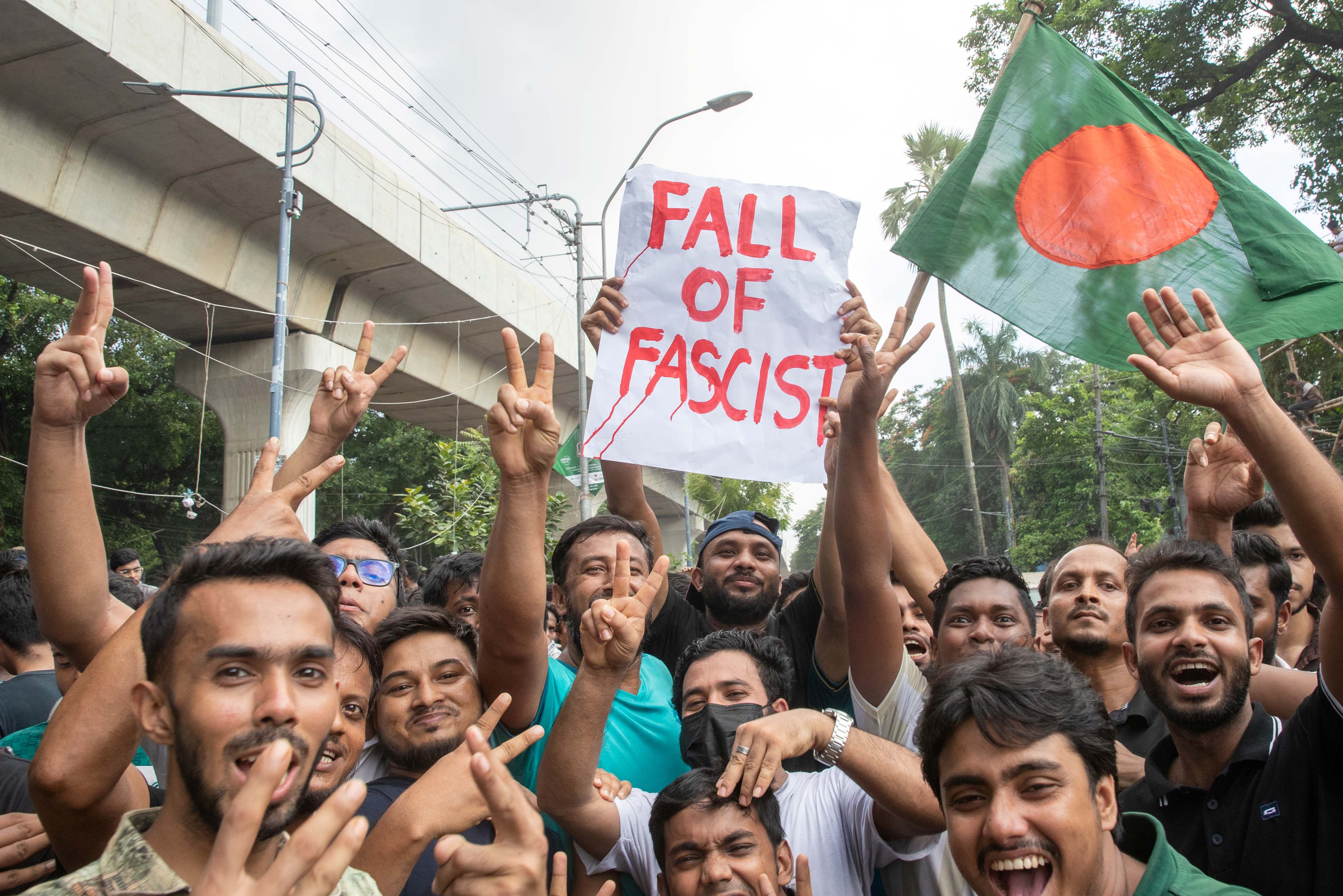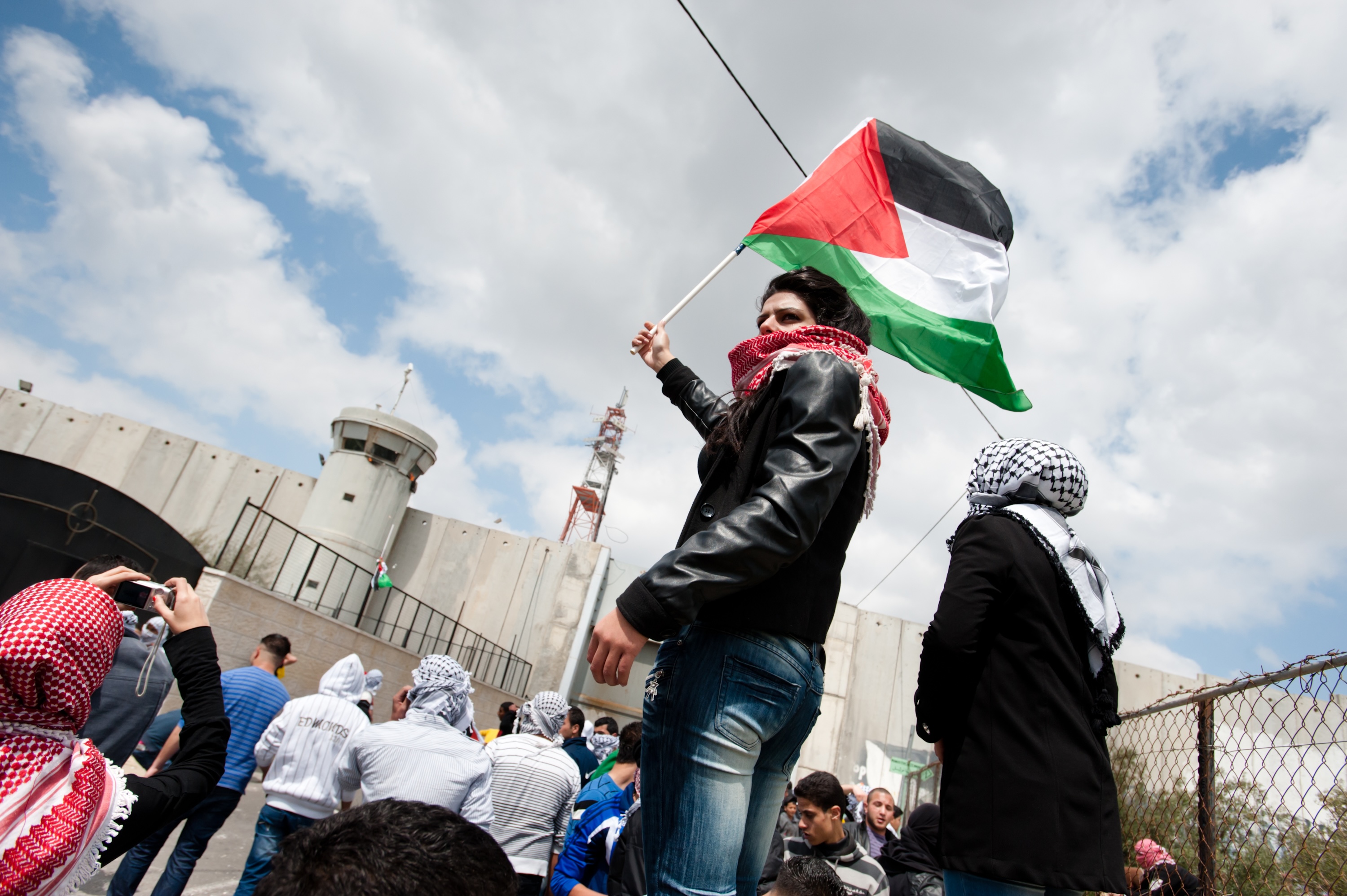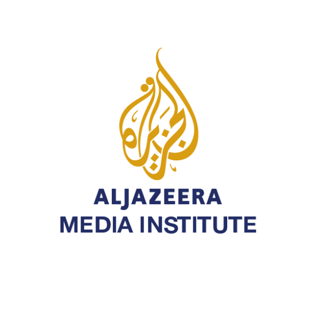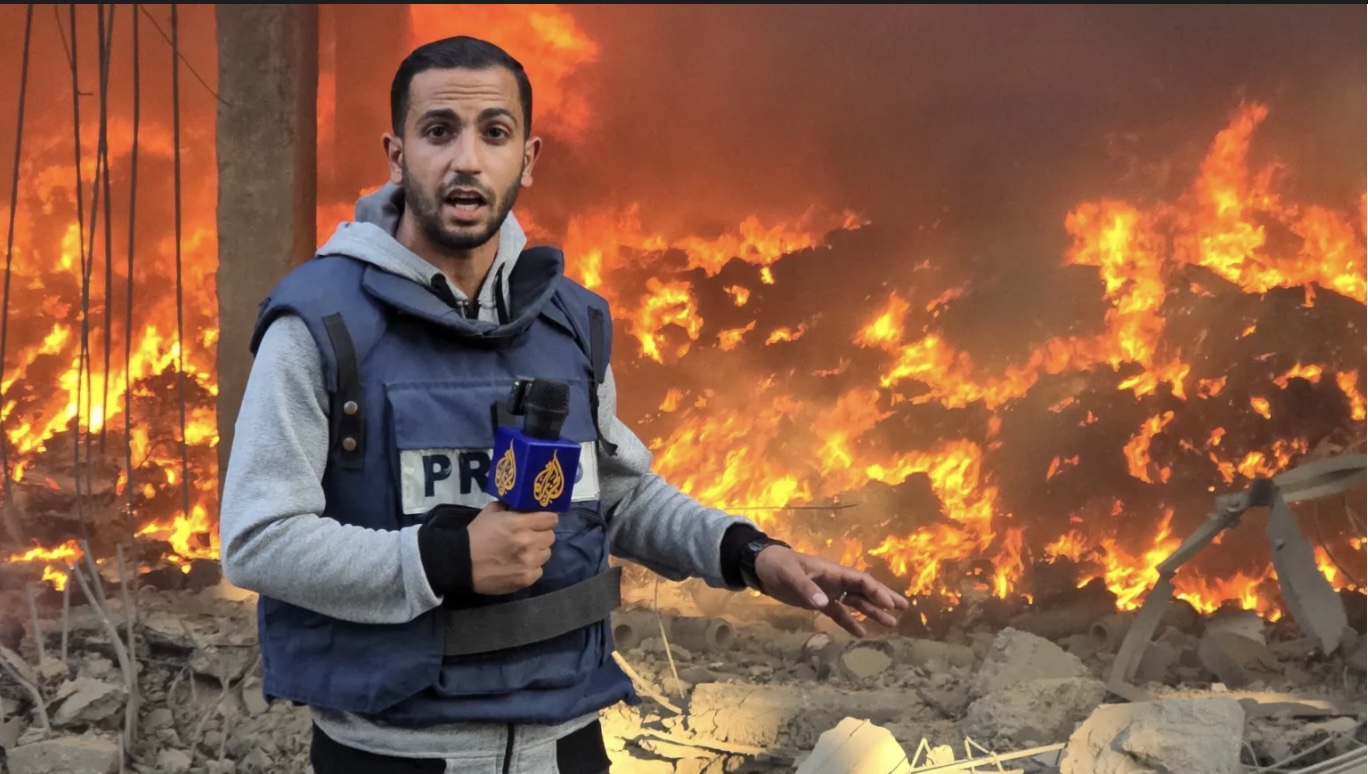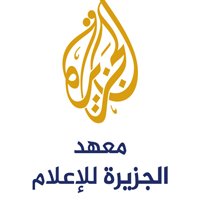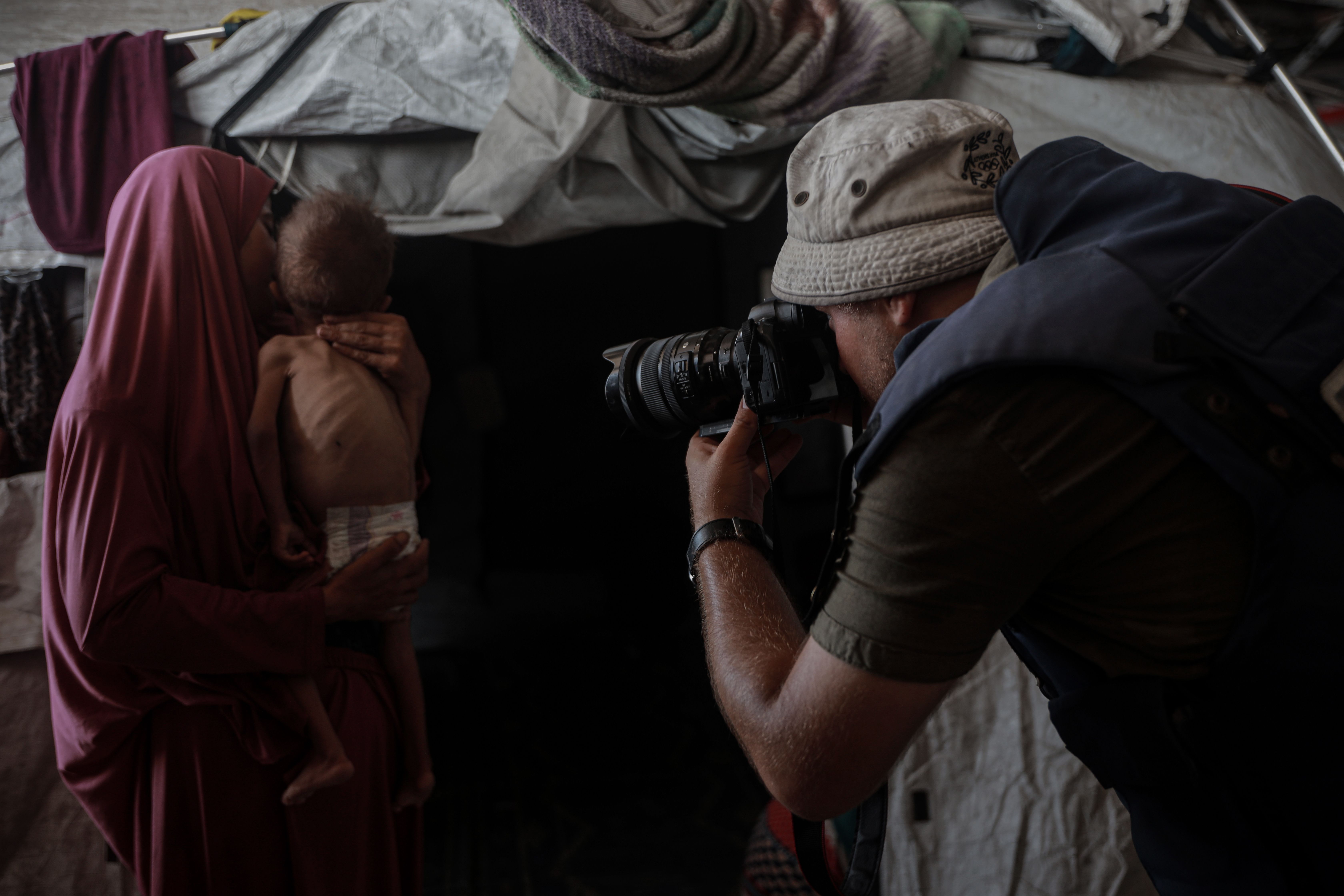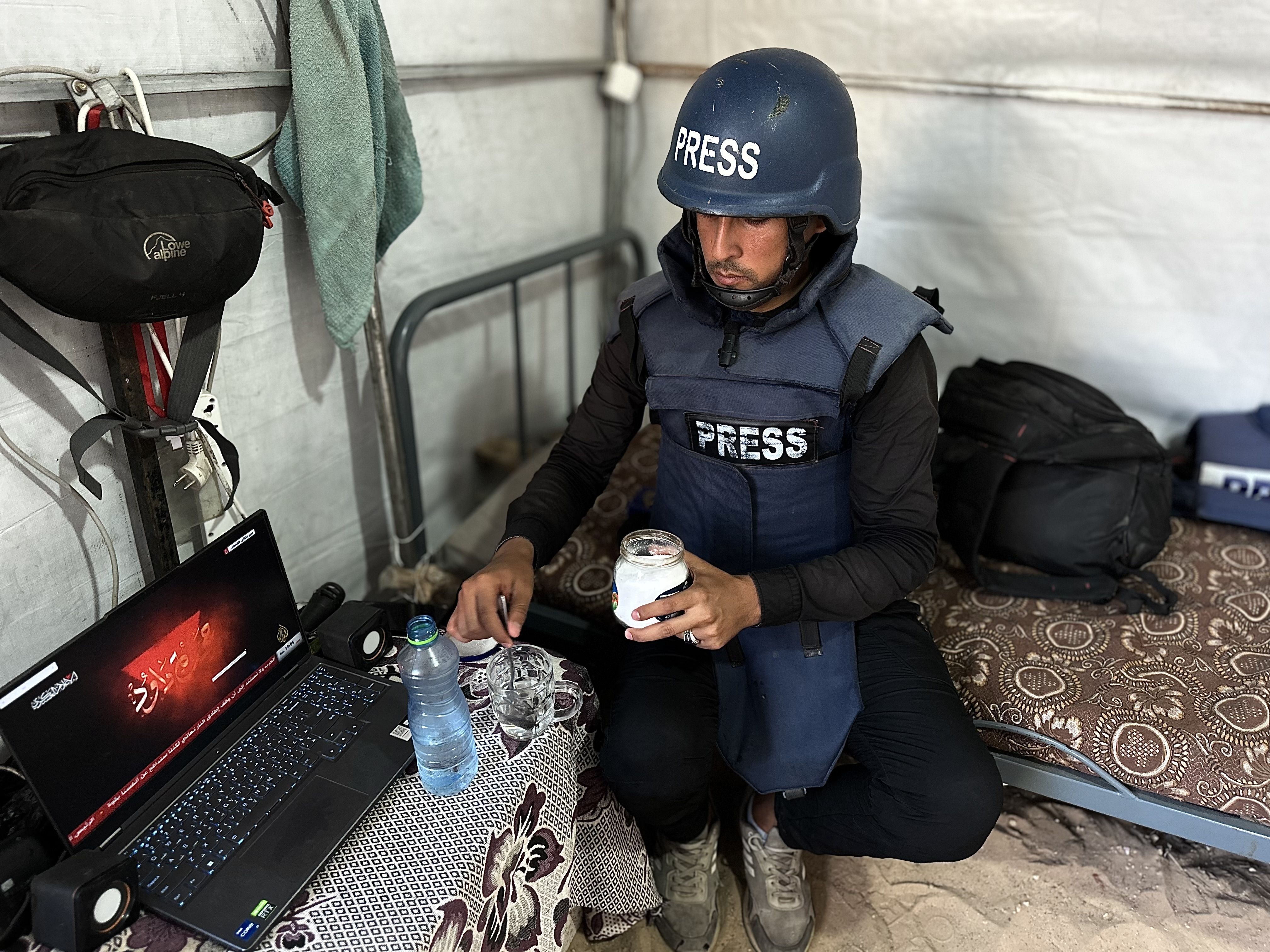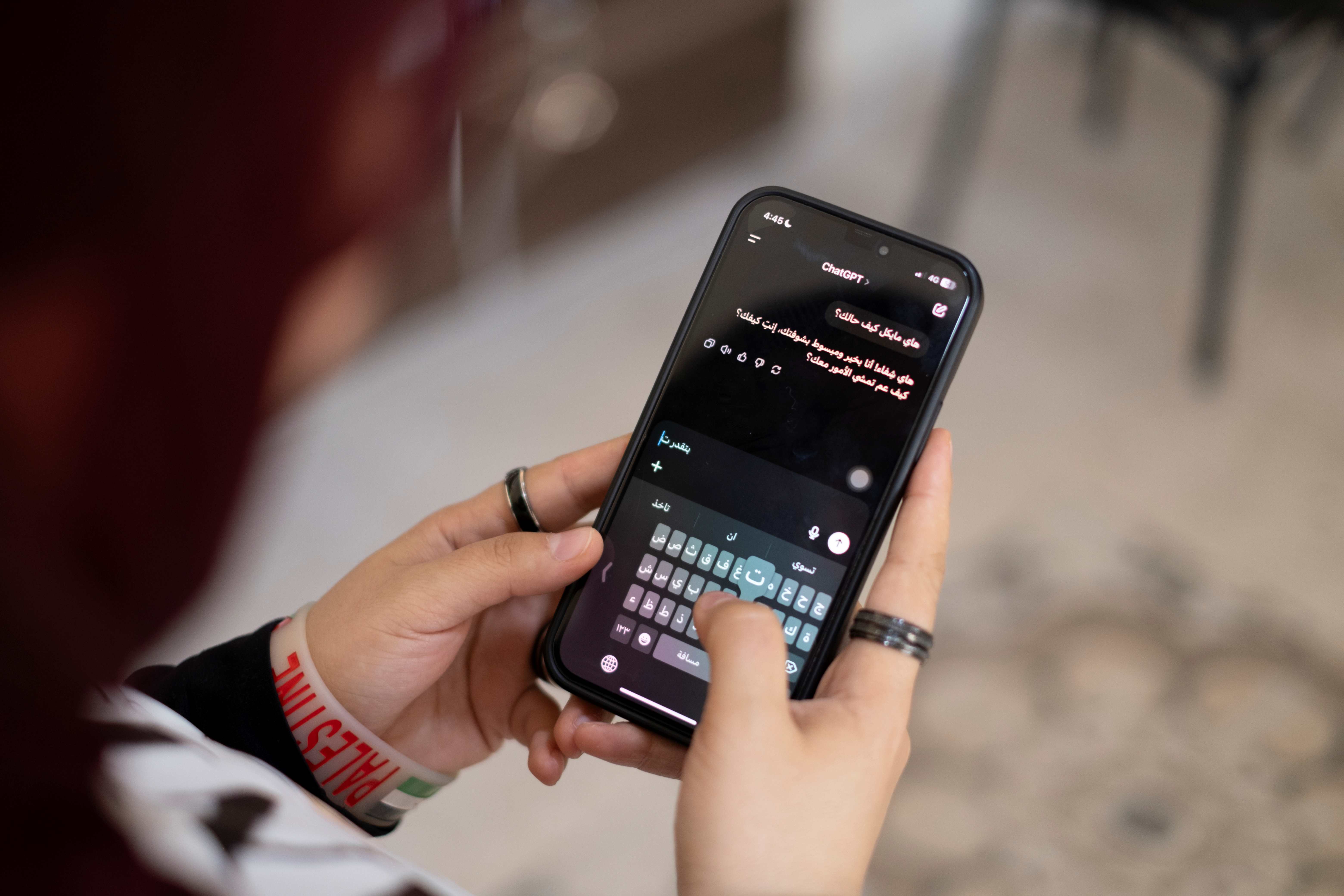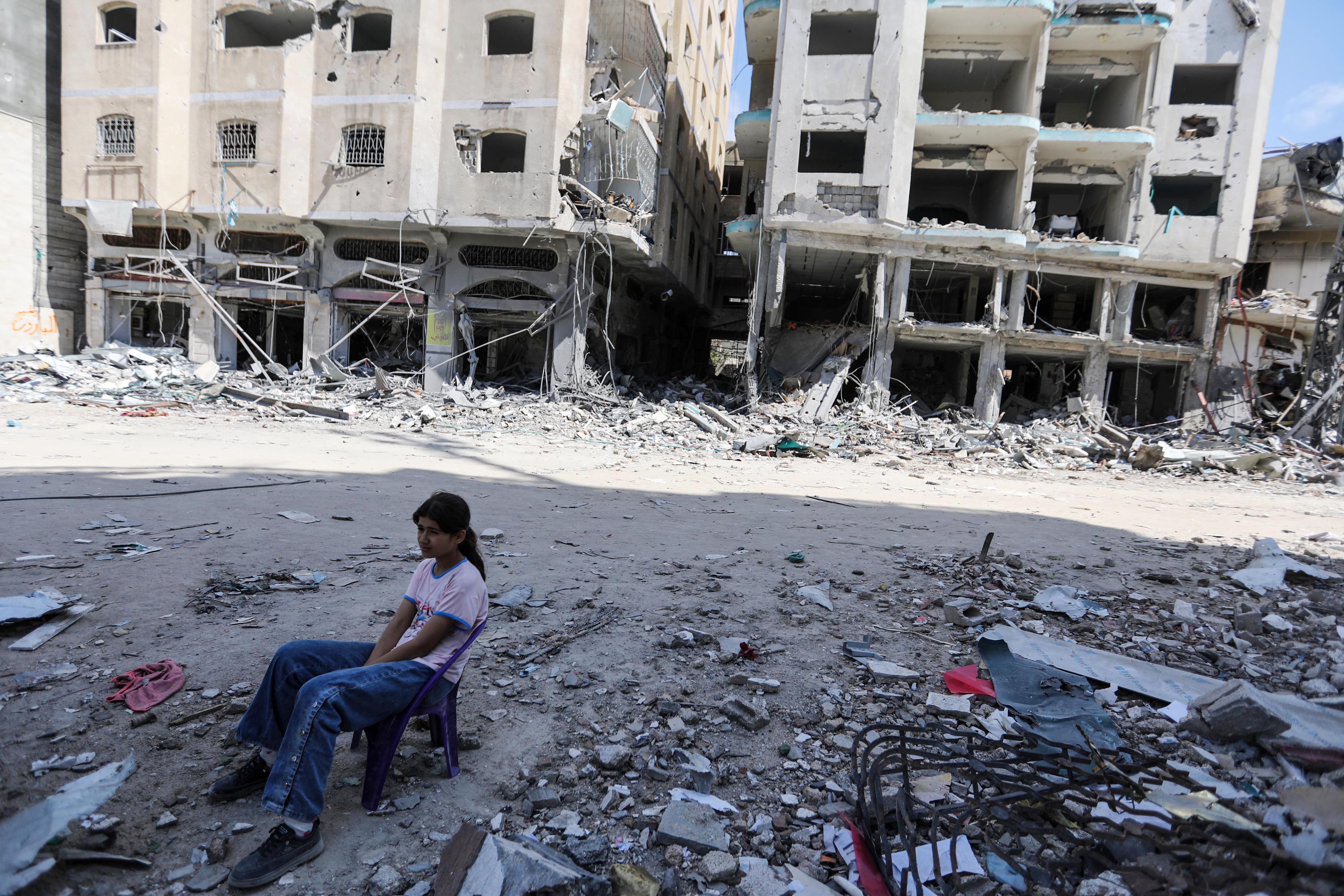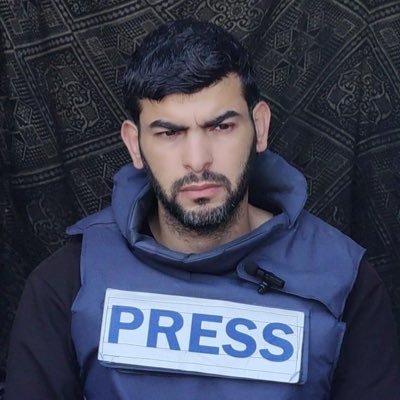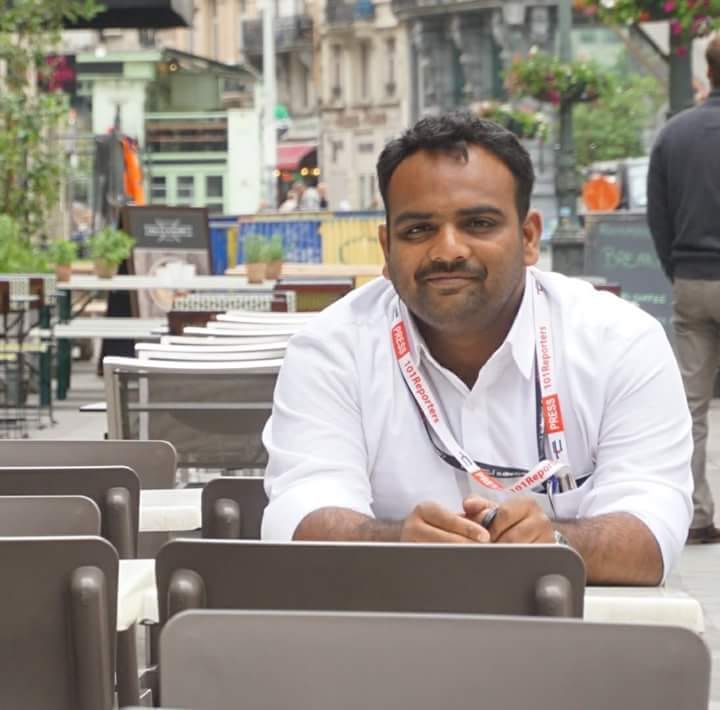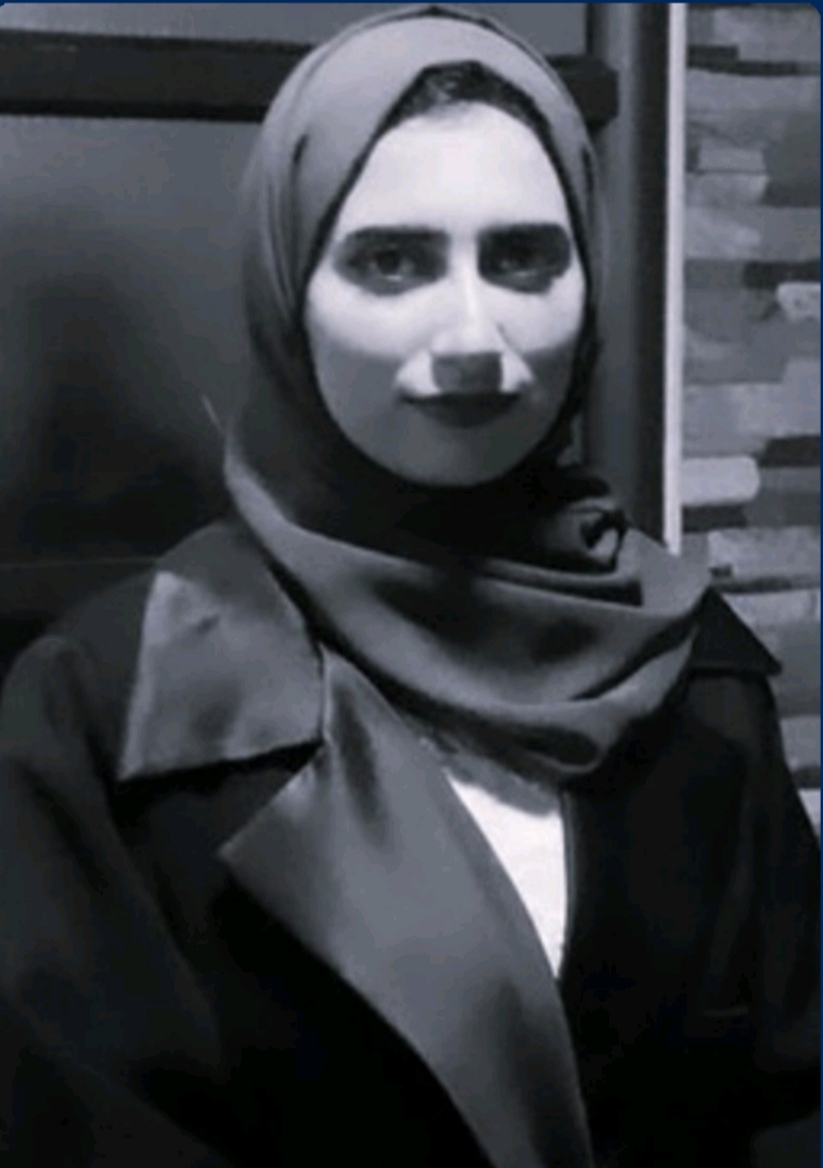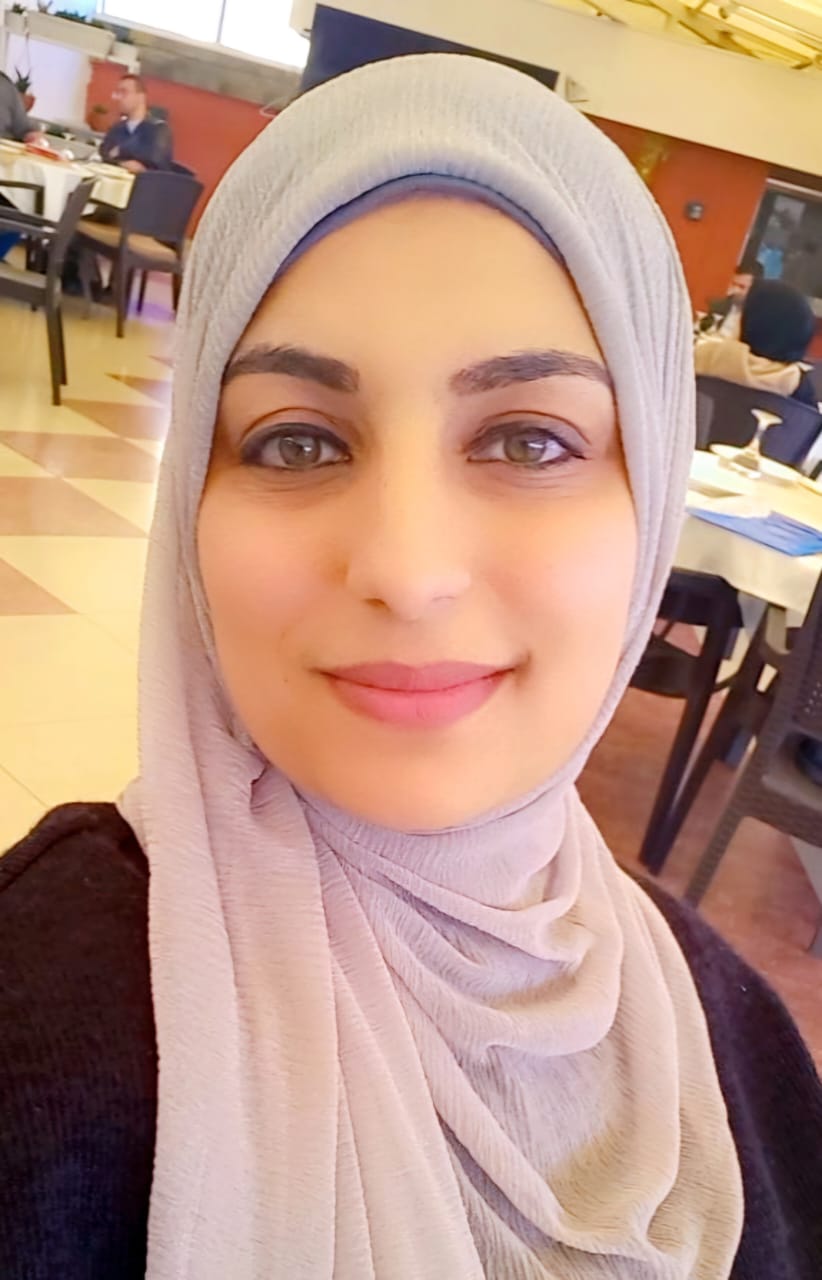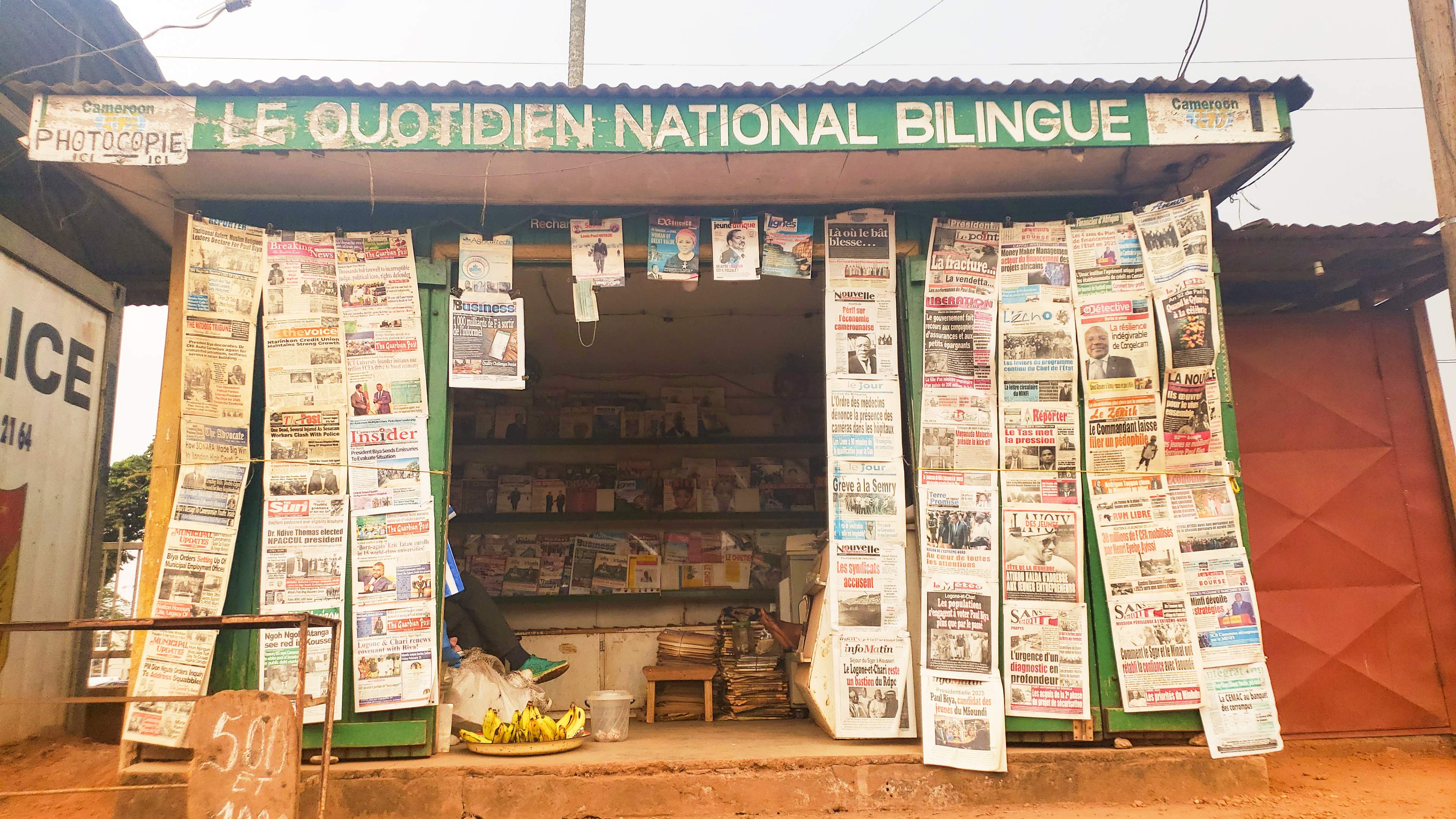تبدأ الحرب كما تفعل عادة بكسرٍ لهدوء حياة الناس وعاداتِ أيامهم، وتبدأ في فيلم "مباشر من بغداد" ( Live from Baghdad ) بمشهد استهلالي يخلط صخب قاعة سينما تعرض مشهدا من فيلم "تريمورس" ( Tremors ) تخرج فيه مخلوقات غريبة من تحت الأرض لتحتل قرية صغيرة بصمت مدينة الكويت الوادعة، إذ زحفت عليها الدبابات وفرق الجيش العراقي ذات خميس دافئ من أيام أغسطس/آب الأولى عام 1990. تختلط الأصوات العالية في الفيلم المعروض، بأصوات القصف وزحف المدرعات على عاصمة الكويت.. يمتزج المشهدان بسينمائية بالغة، فيخرج الناس ذعرا إلى الشوارع مسابقينَ الجنودَ إلى البيوت، لعل بها بقية أمانٍ فرَّ من قاعة السينما على أزيز المدافع والراجمات.
صناعة القصة
كان ذلك عندما بدأت "حرب الخليج الثانية" باحتلال العراق للكويت. وعلى طرفِ الدنيا الآخر، في مقر قناةِ "سي.أن.أن" ( CNN ) بأتلانتا في الولايات المتحدة، كان المنتج روبرت وينر يقنعُ مديريه بإرساله إلى بغداد لتغطية الحرب الدائرة هناك - كان يرى أن تلكَ المَهَمة ستكون أشبه بالمشي على المريخ بالنسبة له- بعدما أرسلت بقية القنوات الأميركية الكبرى "سي.بي.أس" ( CBS ) و"أي.بي.سي" ( ABC ) مراسليها إلى العراق. ينجح وينر في إقناع القناة، ويصل فريق السي.أن.أن إلى "مطار صدام حسين" في بغداد يوم 23 أغسطس/آب، بعد ثلاثة أسابيع من دخول القوى العراقية الكويت، لتبدأ بوصوله قصة خبرية ربما تكونُ الأهم في تاريخ السي.أن.أن التي بالكاد مرَّ عقد من الزمن على إنشائها آنذاك.
يحكي فيلم "مباشر من بغداد" القصة التي كتبها المنتج روبرت وينر عن ستة أشهر قضاها متنقلا بين شوارع بغداد وفندق الرشيد، حاكيا مع فريقه يوميات الحرب والتوتر والخوف والألم التي عاشتها بغداد والكويت، عبر عدسة المصور وحروف المنتج. يأخذنا الفيلم خلف شاشات التلفزيون والصور والبيانات المتبادلة عليها بين الحكومة العراقية وحلف "عاصفة الصحراء"، يُدخلنا في تفاصيل العملية الإعلامية التي قفزت بقناة السي.أن.أن من مجرد وسيلة إعلام أميركية متوسطة الحجم والوصول، إلى قناة عالمية لها صوت ينتظر الجميع سماعه، لأنها كانت في ليلة من منتصف يناير/كانون الثاني 1991؛ القناةَ الأميركية الوحيدة التي تبث مباشرة من بغداد إلى كل العالم أضواءَ السماء وهزات الأرض.
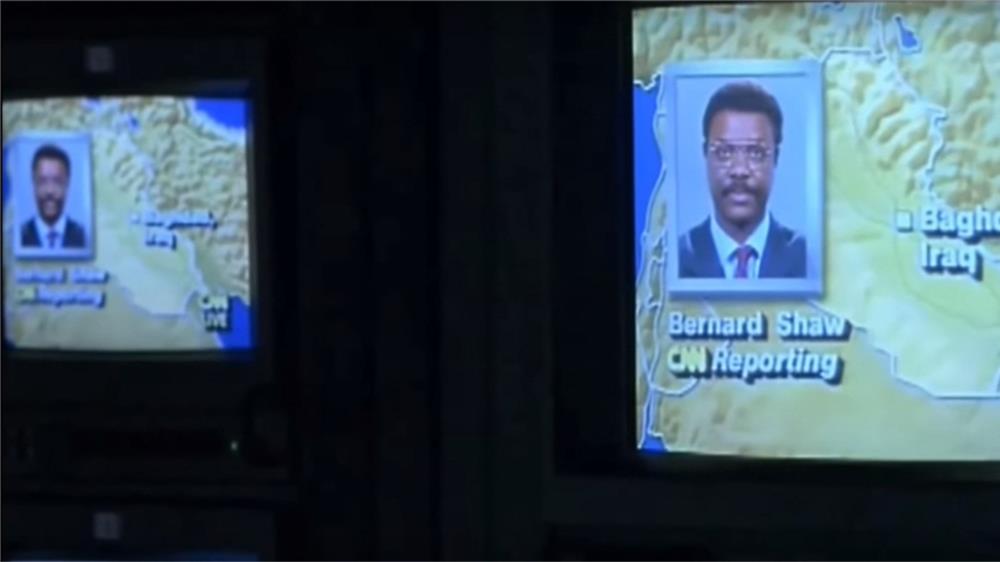
يبدأ فريق السي.أن.أن عمله بتقرير عن الأجانب "الرهائن" الذين كانت الحكومة العراقية تحتفظ بهم تحسبا لأي اشتباك عسكري مع الغرب، ويتدرج عمل الفريق يوما بعد يوم إلى بث قصص مختلفة، تصل بروبرت وينر إلى مقابلة وزير الإعلام العراقي في تلك الحقبة ناجي الحديثي، وطلبِ مقابلة مع صدام حسين.. مقابلة سيفشل في الحصول عليها أول مرة، لكنه يحصل بالمقابل على صداقة مع الحديثي وفرصة لزيارة الكويت والتصوير في ثلاثة مستشفيات، أحدها انتشرت عنه أخبار متعلقة بموت أطفال فيه نتيجة إخراجهم من محاضنهم، فيكونُ روبرت وزملاؤه -بدخولهم ذاك- الفريقَ الصحفي الأميركي الوحيد على الأراضي الكويتية. لكن بعد وصولهم الكويت وتصوير تقريرٍ أول، يكتشفونَ أن تسهيل دخولهم إلى هناك لم يكن من أجل عملهم الصحفي، وإنما ليكونوا أداة بروباغندا إعلامية محايدة تبرّئ حكومة العراق من تهمة قتل الأطفال. وتنقل لنا تلك الحادثة جزءا مما يحدث في الحرب، عندما تتلاعب الأنظمة بالمتاح لها من وسائل، لتبلغ أهدافها الدعائية والسياسية، وتوضح لنا أيضا أن الصحافة مهما كانت حذرة ومحترفة، فهي دائما عرضة للفشلِ والاستغلال، خصوصا عندما يتعلق الأمر بالحروب التي يجد الصحفي نفسه فيها بين معسكرين متقابلين، فتكون التغطية والتمسك بموقف موضوعي مما يجري أمرا صعبا، إن لم يكن مستحيلا.
بعد عودة فريق السي.أن.أن من الكويت يحصلونَ هذه المرة على مقابلة مع صدام حسين، نُقلت للعالم يوم 19 أكتوبر/تشرين الأول 1990، وأعلنَ فيها صدام رفضه الخروج من الكويت، ضاربا المثال بخروج أميركا من هاواي إذا تعرضت لضغوط من أجل ذلك.
التحول إلى قصة
في "مباشر من بغداد" نرى تعقيدات عمل المراسلين الحربيين، وإكراهات الواقع السياسي والاستخباراتي والدبلوماسي التي تجعل الصحفي يتحول من مجرد ناقل للخبر ومحلل للحدث، إلى جزء من الخبر نفسه وأداة بيد نفسه وبيد غيره لتمرير الرسائل وإيصال الإشارات، بين المتحاربين من جهة، وبين وسائل الإعلام نفسها من جهة أخرى.
نرى في الفيلم طبيعة الصراع النفسي وصعوبة العمل الصحفي عندما يتعلق مباشرة بأرواح الناس وحيواتهم، ونرى أيضا كيف تضيف الحرب إلى أي صحفي يغطيها شيئا آخر غير عمله المهني، طبقة من التعلق بالحدث والاندماج فيه والارتباط العضوي معه، تجعل نجاحه في تغطيته مسألة وجودية له، حتى لو جلبت معها احتمال الموت بين نيران المتحاربين.
مع تقدم "عاصفة الصحراء" واحتدام التصريحات المتبادلة، وإعلان جورج بوش الأب من السعودية موعدًا للتدخل العسكري الأميركي إذا لم يسحب العراق جيشه من الكويت، ومع اقتراب ساعة الصفر لذلك التدخل، واشتداد التوتر بين جميع الأطراف، وخلو شوارع بغداد من مارّتها يوم 13 يناير/كانون الثاني 1991، ومغادرة جميع الفرق الصحفية للعراق إلا فريق السي.أن.أن، يلجأ صدام حسين إلى ذلك الفريق لإجراء مقابلة ثانية يحاول فيها كسب بعض الوقت، محددا موعدها بالتزامن مع انتهاء المهلة الأميركية.
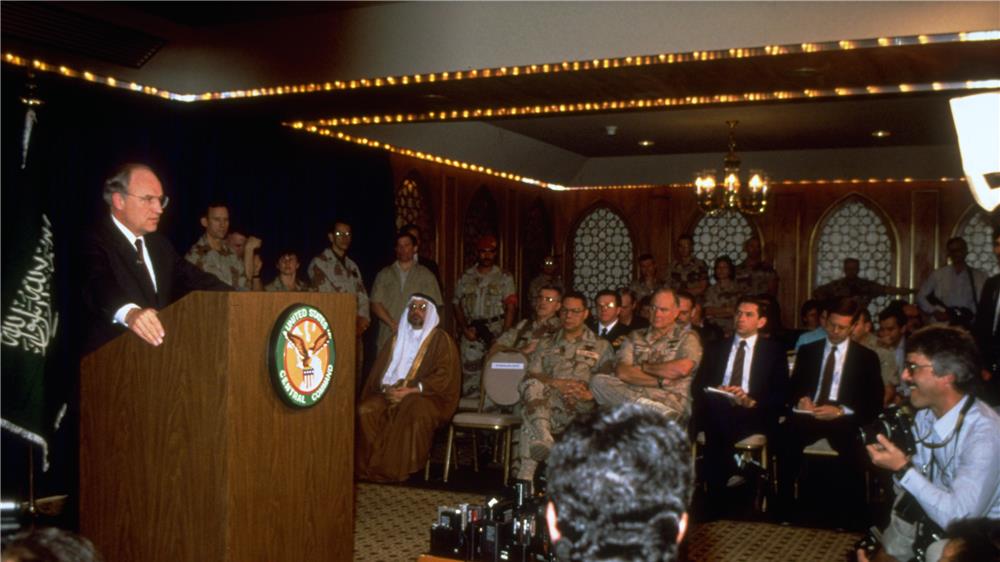
في خضم تلك التداعيات، يجد وينر وزملاؤه أنفسهم عالقين في بغداد، بعضهم يريد الرحيل ليعود إلى أهله، وبعضهم يريد البقاء ليغطي ما يُتوقع أن يحدث، لكن مرةً أخرى تبدأ الحرب فجأة، هذه المرة على أرض العراق. في فجر 17 يناير/كانون الثاني 1991، تبدأ طائرات "أف-117" المُتخفية عن مراصد الرادارات بقصفها لبغداد، فيرد الجيش العراقي بإضاءة سماء العاصمة بآلافٍ من القذائف المضادة للطيران، عندها تتحول نافذةُ جناح فريق السي.أن.أن في الطابق التاسع من "فندق الرشيد" إلى "شاشةٍ" للعالم كله، يسمع عبرها التفاصيل المباشرة لما يحدث، حيث يتبادل ثلاثة من مراسلي القناة التعليقَ الصوتي على القصف من السماء للأرض ومن الأرض للسماء، وتستمر تغطيتهم حتى الصباح، حيث ينكشف النهار عن دمار المباني وخراب المنازل والدخان الذي يملأ الأجواء.
في تلك الليلة بالذات أثبتت السي.أن.أن جدارتها بالسبق والصبر الصحفييْن، وحقق وينر "مشيتَه على المريخ" التي كانَ يحلم بها حين تمكّن من إقناع مديريه في أتلانتا باختياره لتغطية الحرب. ما حدث في تلك الليلة ذاتِ "العتمة الباهرة"، أن السي.أن.أن صنعت الخبر، وكانت هي الخبر.
بين السينما والصحافة والتأريخ
من الناحية السينمائية، يعتمد الفيلم كثيرا على الموسيقى التصويرية لإحداث التأثير الدرامي المناسب في مشاهده المختلفة، وتكون تلك الموسيقى غالبا ملازمة للتحولات السردية التي ترافق التأثر النفسي للممثلين بما يجري من حولهم أثناء تطور القصة وتعقدها، وما تحركه في نفس كل واحد منهم. وينقل أيضا بعض الصور الواقعية لحياة البغداديين في بداية التسعينيات، ويصور جزءا من طبيعة النظام السياسي القائم حينها، وكيف كان يتعامل مع الأشخاص والأحداث. كما ينقل صورا ومقاطع وحقائق وثائقية عن الحرب في الكويت، وما كانت تفعله، ليس بالكويتيين فقط، بل بالعراقيين الذين وجدوا أنفسهم بعد أشهر من بدئها، تحت قصف 34 دولة تحالفت على إنهاء احتلال الكويت.
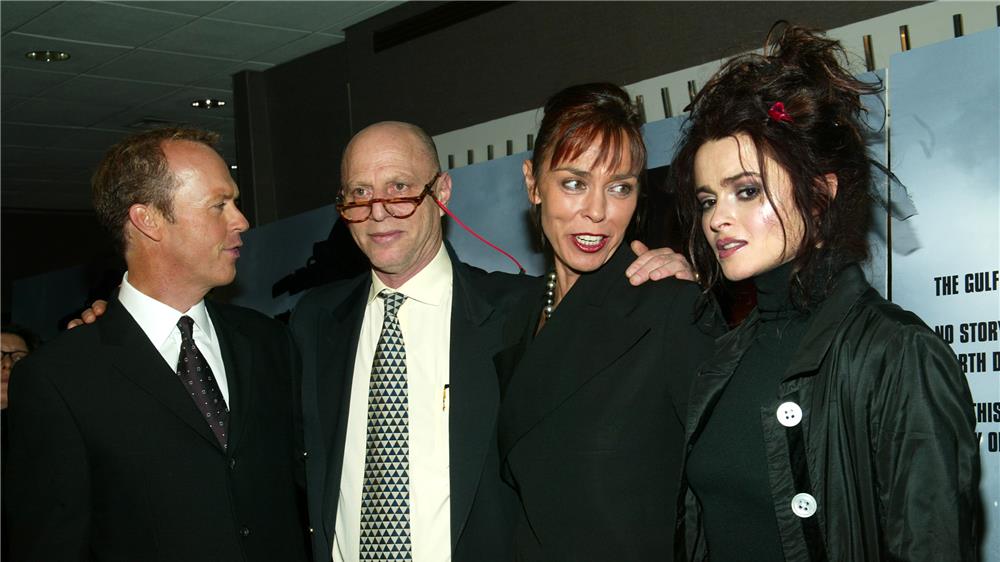
أنتجَ فيلم "مباشر من بغداد" بين مناطق في المغرب وأستوديوهات هوليود ومواقع تصويرية في أميركا، وعرضَ يوم 17 ديسمبر/كانون الأول 2002، بعد 11 عاما على نجاح "عاصفة الصحراء" في تحرير الكويت.. عُرض الفيلم وصدام حسين لا يزال رئيسا للعراق، بينما تحول الحديثي من وزارة الإعلام إلى وزارة الخارجية العراقية، عاما قبل غزو الولايات المتحدة بقيادة جورج بوش الابن للعراق بحجة امتلاك نظام صدام أسلحة دمار شامل. لم يركز الفيلم كثيرا على تفاصيل "حرب الخليج الثانية" في الكويت، رغم اعتماده على صورها الحقيقية لسرد قصته، على طريقة الأفلام التلفزيونية، وإنما ركز على الجانب الصحفي من تلك الحرب، جانب نقلها وتوثيقها وبثها للعالم، جانب الإعلام فيها، وكيف كانَ تأثير الصحافة على تلك الحرب، وتأثرها بها.
لاقَى "مباشر من بغداد" ردودَ أفعالٍ نقدية إيجابية، وبلغ تصنيفه 7.4 على موقع "آي.أم.دي.بي" ( iMDB )، والفيلم من بطولة مايكل كيتون وهيلينا بونام كارتر.
